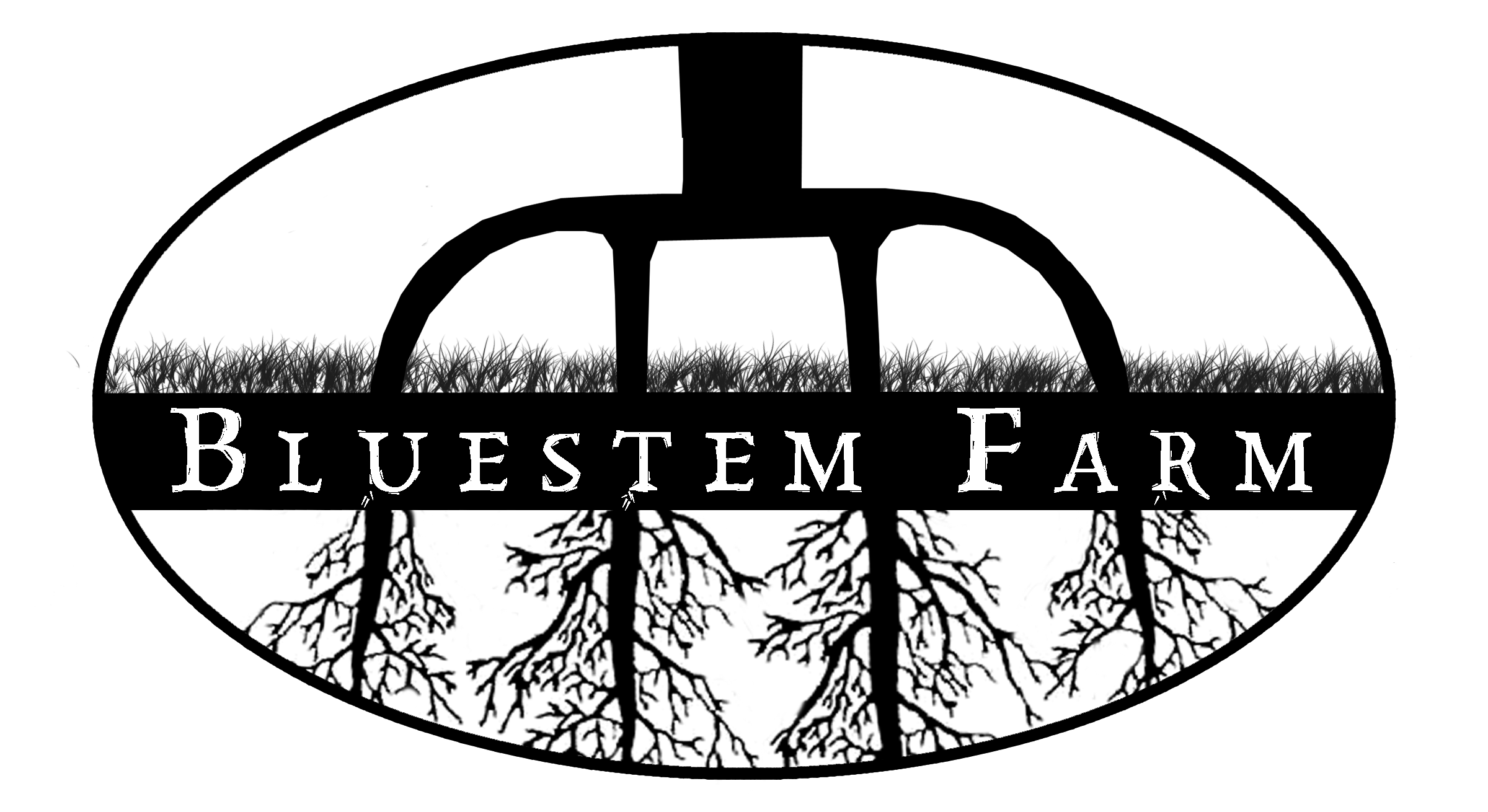They Ate Eels at the First Thanksgiving
Some recipes that feel classic for Thanksgiving are actually not traditional at all. For once, we’ve got nothing to say about local food. We can help you with approximately zero of the traditional dishes.
Take green bean casserole, for example. That was invented in a 1950s test kitchen as a way to sell Campbell's cream of mushroom soup.
But maybe it’s OK if that one isn’t so firmly rooted in history. Betcha a can of mushroom soup you can’t name a single local farmer growing green beans this time of year.
So how about mashed potatoes, or apple pie?
If we’re going all the way back to the 1621 feast shared by the Wampanoags and the Pilgrims, the answer is... nope. Neither potatoes nor apples are native to North America, so they wouldn’t have been present at that first Thanksgiving..
Pumpkin pie?
Some varieties of winter squash were part of the native Wampanoag diet, but nobody would have had a modern cooking oven, for the simple reason that they hadn’t been invented yet. Back in the 17th century, it was all hearths and kettles.
There was something called a “pompkin pie," but it was just a savory soup baked right on the coals... inside a carved-out pumpkin.
In fact, sweet custardy pumpkin pies didn't exist until a couple hundred years after the first Thanksgiving. To make matters worse, canned pie filling today doesn’t even contain any pumpkin. The familiar Libby’s brand is made up of Curcurbita moschata, a whole different species, similar to butternut squash.
If the harvest party of 1621 wasn’t serving anything like what we’re all gearing up for next week, what exactly did they eat?
In a letter describing the first Thanksgiving, Plymouth colony resident Edward Winslow describes the specialties of Cape Cod back when the Pilgrims were beginning to build their lives in the New World:
Our bay is full of lobsters all the summer and affordeth variety of other fish; in September we can take a hogshead of eels in a night with small labor, and can dig them out of their beds all the winter.
The colonists would’ve been crazy not to rely on the natural bounty of the ocean. Beyond seafood, the real locavore treat was flint corn. That same letter from Edward Winslow notes that, “Indian corn even the coarsest, maketh as pleasant meat as rice.”
There's no mention at all of turkey.
So what do you say? Who's joining me for a hogshead of eels and a flint corn dumpling?
